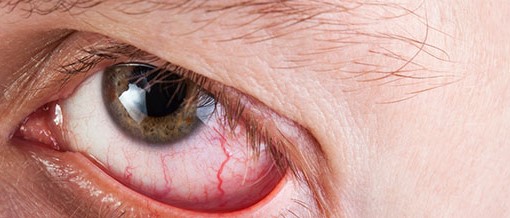Retinal detachment recovery offers an opportunity for vision restoration and careful healing. Knowing what to expect can help patients feel more confident and prepared throughout the process. Support from an experienced ophthalmologist and surgical team contributes to a smooth recovery. Here are a few things to expect with retinal detachment recovery:
Timeline for Healing
Recovery time after retinal detachment surgery varies based on the procedure performed and each patient’s overall eye health. Pneumatic retinopexy may show noticeable improvements within several weeks. Scleral buckle or vitrectomy procedures often require several months for complete and stable healing, depending on the detachment.
Most patients notice gradual vision improvements during the first three months after surgery, though progress may differ between individuals. Complete visual recovery can take up to six months, sometimes longer. The timeline depends on the severity of detachment, patient age, and other individual factors that influence healing.
Patients can continue experiencing vision enhancements well beyond the initial recovery period, with steady improvements over time. Some studies show measurable progress up to 18 weeks after surgery. Benefits may remain evident throughout the healing process, supporting better long-term visual function.
Vision Changes
Patients commonly notice specific visual changes during recovery, which can vary from one individual to another. Blurred vision is the most frequent early symptom, often improving gradually as the retina heals and reattaches. Floaters and flashes of light may appear initially but usually diminish over time, allowing vision to become clearer.
Some patients experience shadows or reduced peripheral vision, particularly in areas affected by the detachment. Visual acuity improves progressively rather than immediately, and fluctuations are normal during the first several weeks. Steady enhancement typically becomes more noticeable as healing continues, supporting gradual restoration of overall visual function.
Lifestyle Adjustments
After retinal detachment surgery, specific changes in daily routines may be needed to support proper healing and allow the retina to reattach effectively. Adjustments help minimize strain on the eye, maintain correct positioning, and reduce potential complications. Recovery timelines and required precautions vary based on the procedure and individual patient factors.
Key post-surgery adjustments may include:
- Avoiding heavy lifting and strenuous activity
- Limiting sudden head movements
- Maintaining face-down positioning when recommended
- Reducing reading and screen time
- Gradually resuming normal activities as approved by the surgeon
Follow-Up Care
Regular appointments with a retinal specialist throughout recovery help your team stay informed. These visits allow the doctor to track healing progress, review imaging results, and address any concerns promptly. Tests such as optical coherence tomography can evaluate retinal reattachment and identify residual fluid, while microperimetry may assess functional improvements in central vision.
Some patients may notice subtle vision changes even after successful retinal reattachment, which often improve gradually over time. Peripheral vision and night vision adjustments can occur, and many patients adapt naturally to these changes. Gradual improvements in contrast sensitivity typically support a smooth return to daily activities and routines.
Supporting Retinal Detachment Surgery
Retinal detachment recovery involves patience, as complete vision restoration may not always occur despite high surgical success rates. Understanding the healing process enables patients to work effectively with their healthcare team to achieve optimal outcomes. Following post-operative guidance and consulting with experienced retinal specialists can support recovery and preserve vision. Schedule a consultation today to discuss your treatment options and recovery plan.














